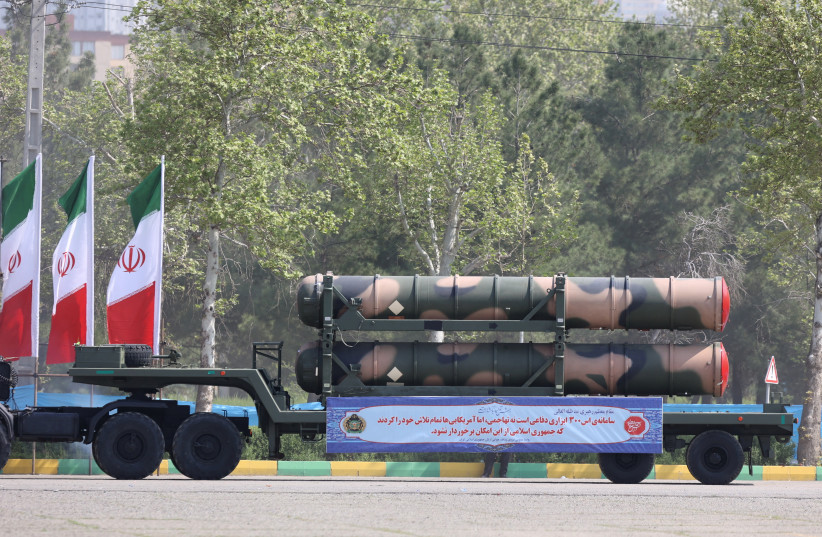Iran tried to cover up damage of alleged Israeli strikes
Iran tried to cover up the damage caused by the alleged Israeli airstrike near Isfahan last week, satellite imagery shared with the Economist and the Institute for Science and International Security showed on Wednesday.
The alleged Israeli strike targeted an S-300 air defense battery near Isfahan in central Iran in response to a drone and missile attack launched by Iran against Israel earlier this month.
NEW: The Institute acquired high-resolution Airbus Pleiades Neo satellite images of Iran’s Eighth Shekari Air Base taken shortly after the reported Israeli attack on the S-300 missile defense system deployed at the base.https://t.co/lY57SkvfRy pic.twitter.com/kKFN4lpomH
— Inst for Science (@TheGoodISIS) April 23, 2024
While at first, Iran claimed no damage had been caused in the alleged Israeli strike, satellite imagery shared by Planet Labs and the Institute for Science and International Security later revealed that the 30N6E2 Tombstone radar used by the S-300 air defense battery had been destroyed in the attack.
On Tuesday, the Institute for Science and International Security shared two high-resolution Airbus satellite images from April 19 and 20, showing the targeted location in the Eighth Shekari Air Base, where four missile launchers and a mobile radar were deployed.

According to the Institute for Science and International Security, the imagery appears to show that the vehicle the radar was on was hit and likely caught fire. Marks near the vehicle appear to be from extinguishing fluids used to fight the fire.
After the attack, a covering of some sort was placed on top of the mobile radar. On April 20, a new vehicle was placed where the radar used to be, possibly a replacement radar, although it doesn’t seem to be the same type as the one that was damaged.
Iran replaced damaged radar with incompatible radar to save face
Chris Biggers, an imagery analyst who used to work for the US’s National Geospatial-Intelligence Agency, told the Economist that the Tombstone radar had been replaced with a 96l6e “Cheese board” radar, which is not interchangeable with the Tombstone radar, meaning the battery cannot operate with it.
“It’s a case of denial and deception to suggest the site is still operational,” said Biggers to the Economist.
The targeted site is a key part of air defenses for nuclear sites in both Isfahan and Natanz, according to the Institute for Science and International Security.





Comments are closed.